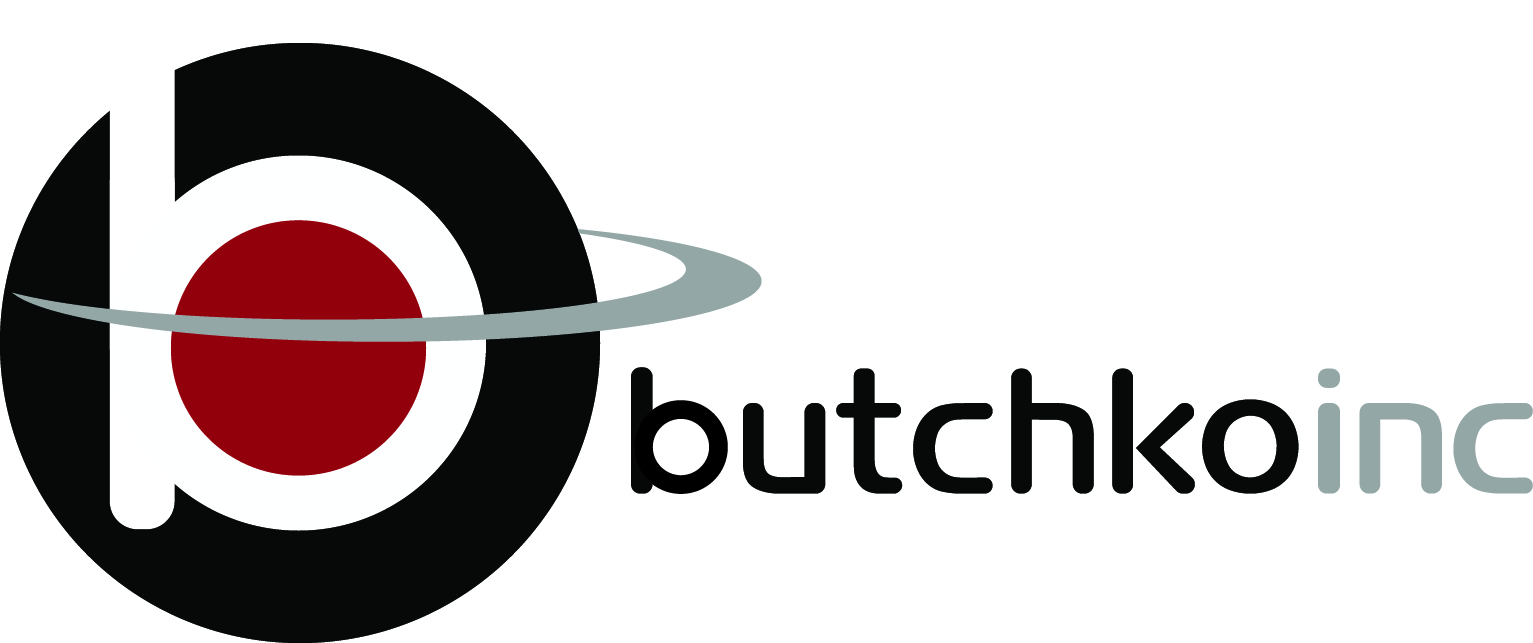Although this may sound like a simple concept, it’s surprisingly misunderstood and overlooked.
From an owner’s point of view, there is a business purpose that drives their definition of value. Almost invariably, where security solutions are employed, they must be in support of a larger business mission. It is what owners expect, whether stated explicitly or not. At Butchko, we understand this dynamic and when we engage, we ensure there is a value discussion as well as a needs discussion. Equipped with this clarity of scope, we design systems that enhance both security and business operations based on prior analysis from our in-depth initial assessments.
In short, we focus on bringing value to our clients that goes beyond security.
One would think that all security consulting companies do the same, right?
Unfortunately, such is not the case. At a recent presentation on integration of Access Controls, Identity Management (PIAM), and emergency communications it was clear that our company’s integrated focus is dramatically different from our peers. This is despite the fact that we all design security technology and consult on security management topics.
The material presented was informative and not overly technical. The greatest insights came through the ensuing group discussions. While the invitation-only audience consisted of a who’s-who of security design consultants and engineers, only 10%-20% of the group saw any application of an integrated process solution for their projects and clients.
The majority in the audience were completely dismissive of the topic and stated that they could design and specify complex systems, leaving “bigger picture” operations benefits and concerns to others.
The disconnect was stark, but was not limited to just the designers. Manufacturers were themselves inwardly focused, further exacerbating the situation.
The product manufacturers expressed interest and skills involved in:
- Evangelizing their product and its potential benefits
- Deliver the technology and training on its functions
- Relying on others to manage the configuration definitions, business rules development, and operational implementation
The majority of consultants and the manufacturers focused on pieces and parts, stating that assuring operational effectiveness of those parts within a client’s business must be the responsibility of someone else. There was no focus on Solution and Operational Benefit.
Only the 10% – 20% group that “got it” were able to look beyond the equipment to view a holistic solution. They focused on the operational business process as the key value added, with the pieces and parts serving a facilitation and support role.
The key differentiator was the recognition of the importance and ability to understand business operations needs and insights that facilitate system utility. All present could “design and specify equipment”, but very few had the insight, interest, or expertise and experience to confidently guide an organization to success.
The key element to support these deployments required a Business and Operational Consulting service that complements the equipment design services.
Some other interesting correlations discovered were the business model differences.
- Manufacturers want to provide a tool with incentives for integrators and consultants to make that tool successful to an end user.
- The majority of designers followed a business model where their preferred clients are architects and general contractors who then bring them business. In this regard, they focus on the construction aspect of system design.
- The smaller group followed a business model that focused on end users, where the keys to success are the ability to define and deliver operational solutions. Being successful requires vision and skill beyond electronics, with a high reliance on business and operations acumen.
This reinforces Butchko’s value proposition and perspective. A particular design project is a means to an operationally successful “end”, as opposed to others who operate where the equipment deployment is itself the “end goal.”
